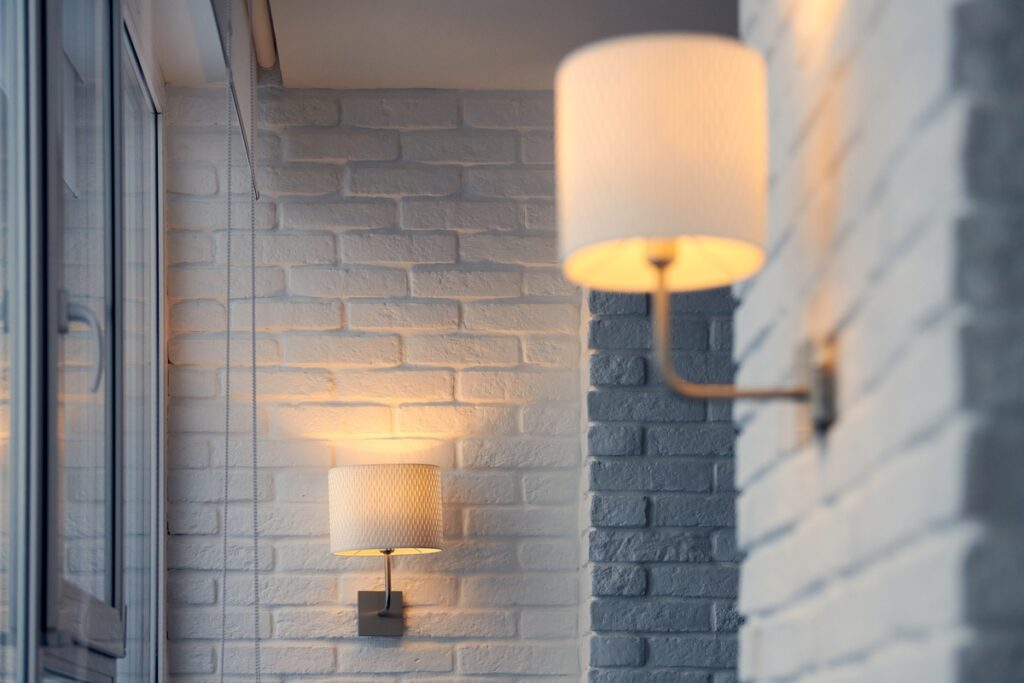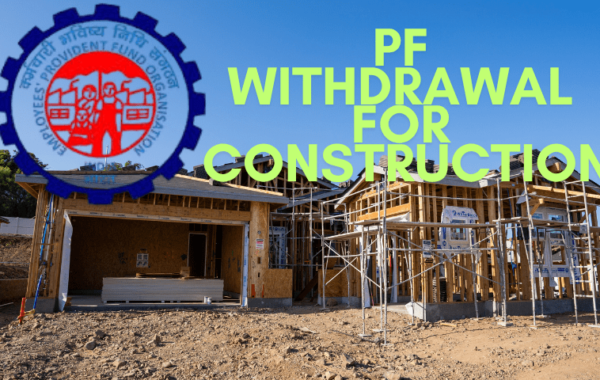
Architectural Lighting: Illuminating the Beauty of Buildings
When the sun sets, and the world becomes black, lighting shapes our perception of the environment.In buildings, it is about providing illumination and creating an ambiance that enhances the space’s functionality and aesthetic appeal.From highlighting architectural features to creating a cozy atmosphere, lighting design can impact the building experience.In this blog we will plunge into the world of architectural Lighting design for buildings, exploring the key factors to consider, including natural lighting, energy, efficiency, lighting levels, and aesthetics.So,let’s light up the world and discover the art of lighting design for buildings!
There are some considerations for lighting design for buildings:
Types of Architectural lighting designs:
General lighting:
General lighting is helpful for the whole space or floor illumination. It provides light to the entire area, distributing it equally and allowing people to navigate and see objects. Examples of general lighting include ceiling-mounted fixtures such as recessed lights, surface-mounted fixtures, or pendant lights.


Ambient lighting:
Ambient lighting is an essential component of a lighting design. It can create a functional and comfortable environment in any space. It’s typically the first layer of lighting in an area and can set the mood and create a relaxing atmosphere.
Accent lighting:
Accent lighting is a design that highlights specific areas or objects in space, drawing attention to them and creating visual interest. It helps enhance the aesthetic appeal of a room by highlighting artwork, decorative features, or architectural details. The brightness of accent lighting is generally higher than ambient lighting, providing a focused and dramatic effect. Accent lighting is an essential component of a lighting design. It can create visual interest,highlight important features, and add depth and dimension to a space.


Task lighting:
Task lighting is a kind of lighting that provides focused illumination to perform particular tasks, such as reading , cooking or working. It is typically brighter and more direct that ambient lighting and is designed to minimize shadows and glare. Task lighting is an essential component of a lighting design. It can help improve productivity and reduce eye strain in workspace.
Decorative Lighting:
This type of lighting creates a specific atmosphere or mood in a space. It aids in enhancing the aesthetics of a room and creates a unique experience for occupants. Chandeliers, wall sconces, or pendant lights can provide decorative lighting.

Things to avoid while planning for architectural lighting:
Random ideas:
Having random ideas or suggestions from an inexperienced individual is the first thing to avoid. Hiring the best interior designers is advisable for impeccable results.
Over-architectural lighting:
Light levels that are either too high or too low can be harmful. Over-lighting can waste energy, produce glare, and be uncomfortable. Establishing a balance between offering sufficient lighting and avoiding excessive amounts is crucial.
Poor color- architectural lighting:
Poor color rendering can give areas an unwelcoming or even unprofessional appearance. Selecting lighting options that appropriately depict a space’s colors and textures is crucial.
Inadequate architectural lighting controls:
Inadequate lighting controls might make it challenging for residents to modify the lighting to meet their needs.We must provide appropriate controls like dimmer switches or timers to give residents more control over the lighting.
Unorganized lighting design:
Too many distinct lighting options can make a room feel unorganized and overpowering. It’s crucial to have a consistent lighting scheme.
Ignoring safety issues:
We have to consider safety when planning the lighting for a building, which entails ensuring that lighting fixtures are firmly fixed, preventing glare that can strain the eyes, and offering enough emergency lighting in case of power outages.
The right light design can create a functional, safe, and aesthetically pleasing space that meets the needs of its occupants. Create a functional and visually appealing area, enhancing its occupants’ well-being. To achieve such visual engagement, we must hire the best contractors. CIBI+SIMEON Designs, the best interior company in Chennai, is extending its services to mounting lights with knowledge of their uses. We know how to plan home light design and other lighting needs. Hire us for better and higher-quality services.


